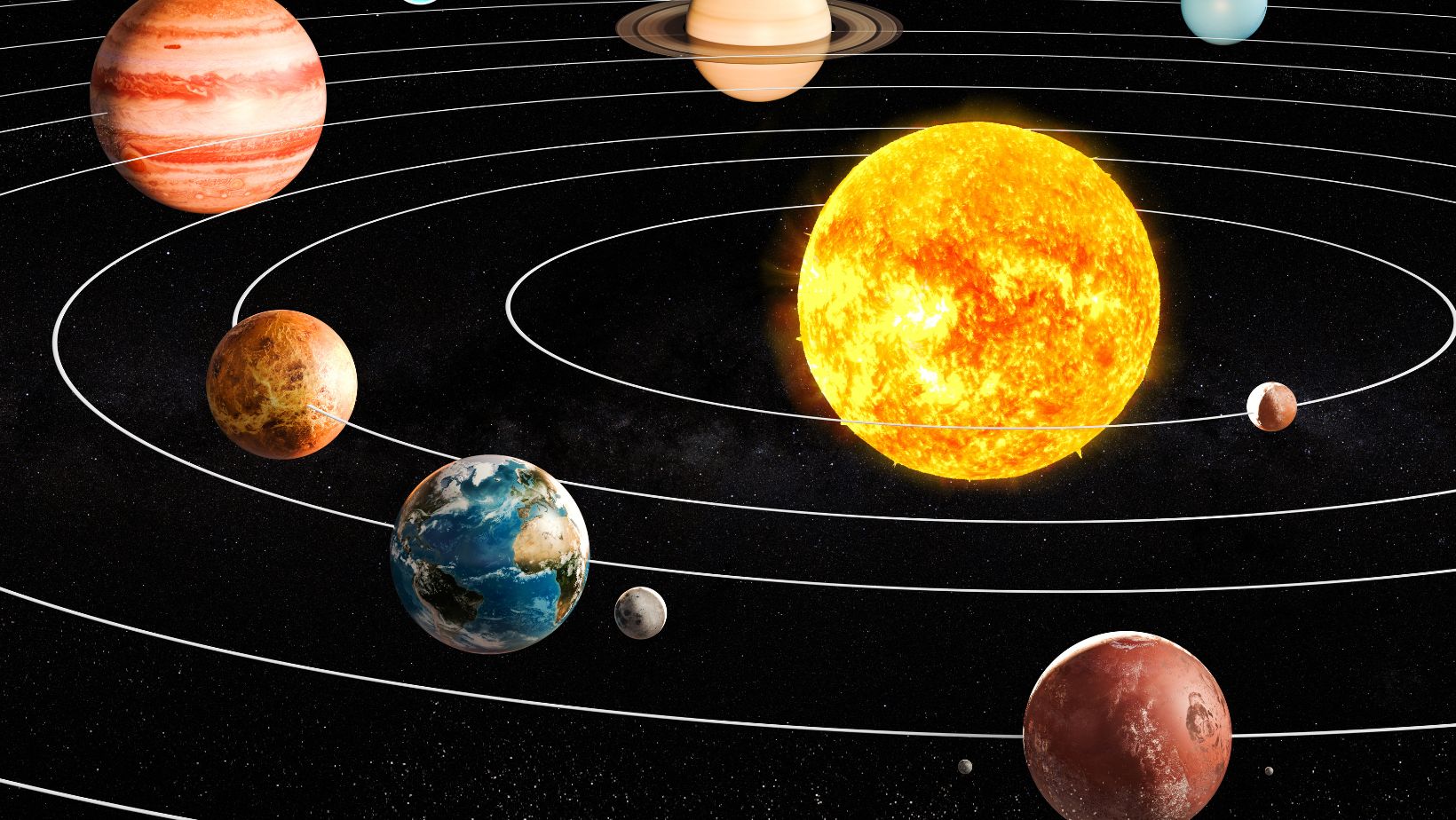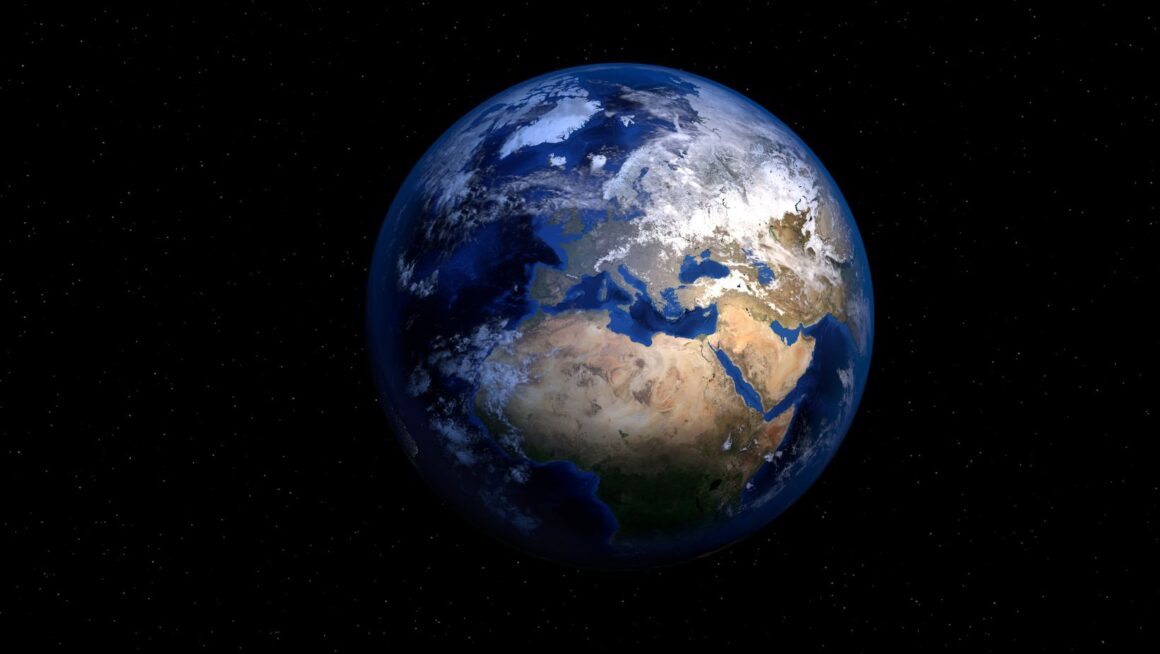In the 1951 sci-fi gem The Day the Earth Stood Still, an alien named Klaatu lands on Earth with Gort, his robot enforcer, and some game-changing alien tech. They simultaneously stop almost all electronics on Earth. Everything suddenly stops—cars, factories, and TVs. The world falls into a strange silence.
But what if the title had been taken literally? Imagine an alien wielding a far more powerful tool—one that could bring Earth’s rotation to a sudden stop. Imagine a version where Earth stops spinning—a far darker, more terrifying scenario than Hollywood dreamed up.
We often overlook it, but Earth’s rotation drives key processes that allow life to exist. Day and night would become chaotic. Weather patterns and ocean currents would also be disrupted. Everything would be in disarray. Forget about slot machines and roulette wheels. Betlabel casino games wouldn’t stand a chance in a world where time and gravity are not on our side.
Stopping Earth
Earth would be a huge disaster for much of its surface if it stopped spinning. Even though we don’t feel it, we’re spinning through space with Earth at high speed every second of the day. Near the equator, that’s around 1,000 miles per hour. If the planet came to an instant stop, everything not bolted down—people, buildings, trees—would be hurled eastward at breakneck speed. After the event, fast winds would blow over the surface, moving almost as quickly as the planet itself.
Our internal clocks help us know when to sleep or wake. Without the 24-hour rhythm, they would fall apart. These biological patterns are deeply tied to daily shifts in sunlight. These processes depend partly on regular changes in sunlight.

Earth’s spin doesn’t shape time—it powers our weather. Without it, global air circulation would be thrown into chaos. This would happen after the 1,000 mph winds calmed down. Today’s wind systems help regulate worldwide rainfall and temperature, keeping ecosystems balanced. Changes in air currents could make deserts bloom where forests are now. They could also make the tundra livable. Thanks to climate change, we’re already witnessing smaller-scale versions of this disruption. Climate change is changing global weather patterns. Even small changes can be harmful to species that depend on stable climates. Now, think about a complete reset of our planet.
No spin, no storms—at least not the kind we know. Without Earth’s rotation, hurricanes as we know them wouldn’t exist. The massive rotating storms form because of Coriolis forces created by the planet’s spin. Winds that flow into a low-pressure area of a storm spin in different directions. In the northern hemisphere, they spin counterclockwise. In the southern hemisphere, they spin clockwise. This motion forms the spirals and central eye of a hurricane. That powerful swirling motion they rely on? It would vanish along with the planet’s spin. This might be one rare benefit, as it helps storms grow powerful.
But there’s a bigger problem: a still Earth could collapse our magnetic field.
Deep in the Earth, liquid metal swirls around. This movement creates our magnetic shield, which scientists refer to as the dynamo effect. Without it, we’d lose our shield against cosmic radiation; a compass would be the least of our worries. Earth’s magnetic field keeps us safe from cosmic rays and solar storms, so we’d want to hang on to it.
The Planets of Eternal Day
Interestingly, all planets we’ve observed spin in some way. That’s how celestial bodies are born—their formation naturally sets them rotating. This means all worlds spin right from the beginning. Some planets don’t seem to spin, at least not how we expect. This phenomenon is called tidal locking.

These planets always show one side of their star. This makes a world split in two: one half has endless daylight, while the other half is in infinite night. It happens when a star’s gravity gradually slows the planet’s rotation until it syncs with its orbit. The same thing happens on many exoplanets. This is especially true for those near their stars, where gravity is stronger.
The result?
Life on tidally locked planets is tough. One side is always hot and stuck in endless sunlight; the other is cold, trapped in eternal night. Depending on how well heat spreads around the planet, atmospheric circulation could help keep tidally locked worlds temperate.
Thankfully, Earth is too far from the Sun ever to become tidally locked, so we’re safe from that fate. Our planet’s rotation is slowing down a bit.
Our planet is slowing down, though—every century, the length of a day increases by about 1.7 milliseconds. Still, our planet will never stop spinning altogether. That’s something to be thankful for.

